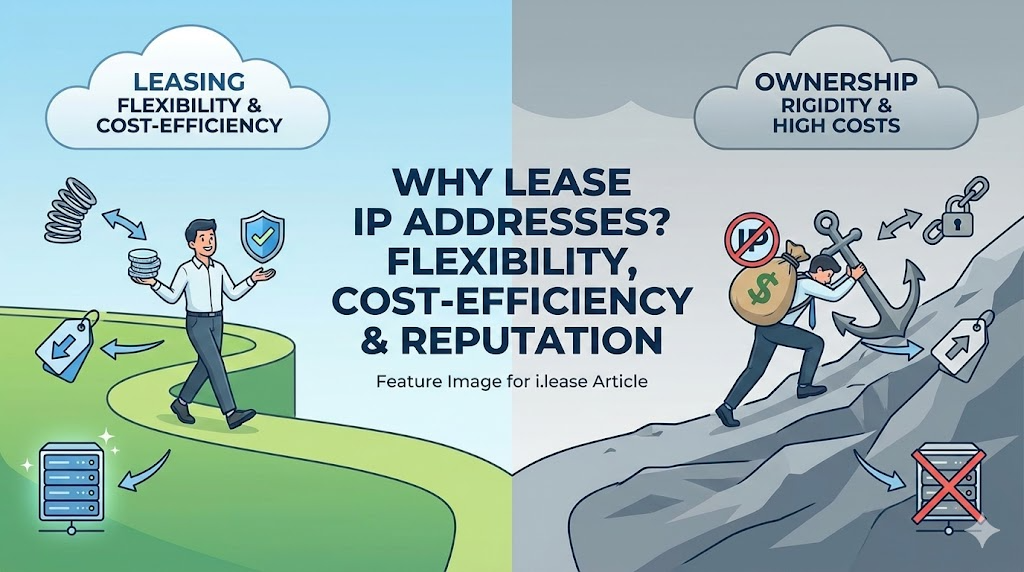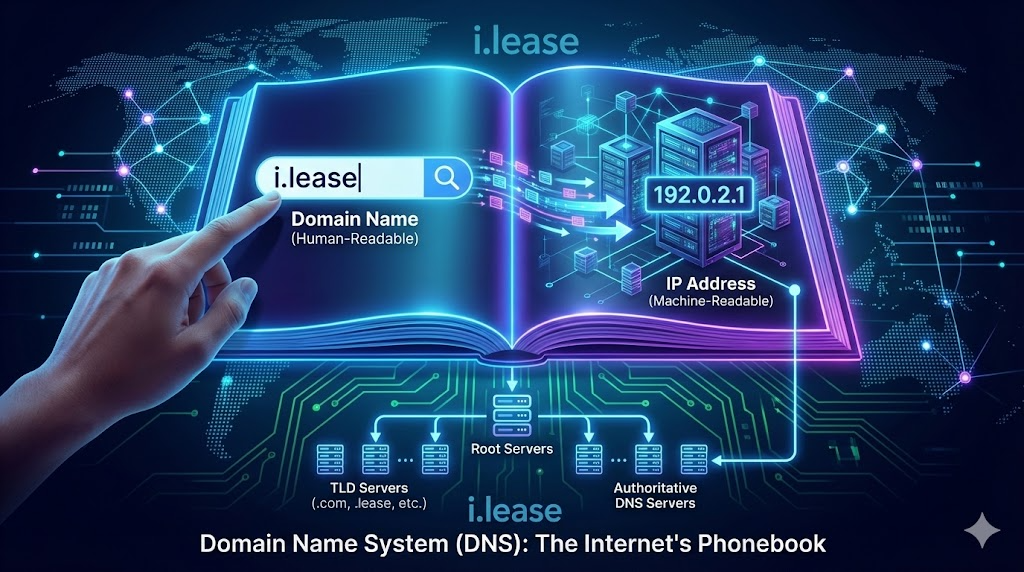Blog

Queries: How does the government track down people using their IP addresses? Why is it difficult for them to catch scammers and hackers? Table of Contents Toggle Internet Protocol AddressesHow Governments Track Individuals Through IP AddressesChallenges in Catching Scammers and HackersUse of Anonymizing ServicesDynamic IP AddressesInternational Jurisdictional IssuesAdvanced Evasion TechniquesMoving
Go ahead

The Internet underpins most business operations, and hence, managing IP (Internet Protocol) resources effectively is crucial. IP solutions involve a range of services and technologies designed to optimize the management and use of IP addresses, which are essential for devices to communicate over the Internet. Table of Contents Toggle Understanding
Go ahead

We could imagine that IP addresses are like physical real estate on the World Wide Web. Every device connecting to the internet needs an IP address to interact online. But as more devices go online globally, IP addresses, especially IPv4 types, are becoming scarce. This scarcity has led many to
Go ahead

When we talk about the Internet of Things, abbreviated IoT, in digital transformation, the Internet of Things (IoT) has emerged as a transformative force, connecting billions of devices and enabling innovative applications across industries. At the heart of this interconnected ecosystem lies IP address management, a critical aspect that ensures
Go ahead

The Domain Name System (DNS) stands as a fundamental component that underpins seamless communication and accessibility across digital networks. While users navigate the internet using familiar domain names, such as google.com or facebook.com, behind the scenes, DNS quietly performs the vital task of translating these human-readable domain names into machine-readable
Go ahead
